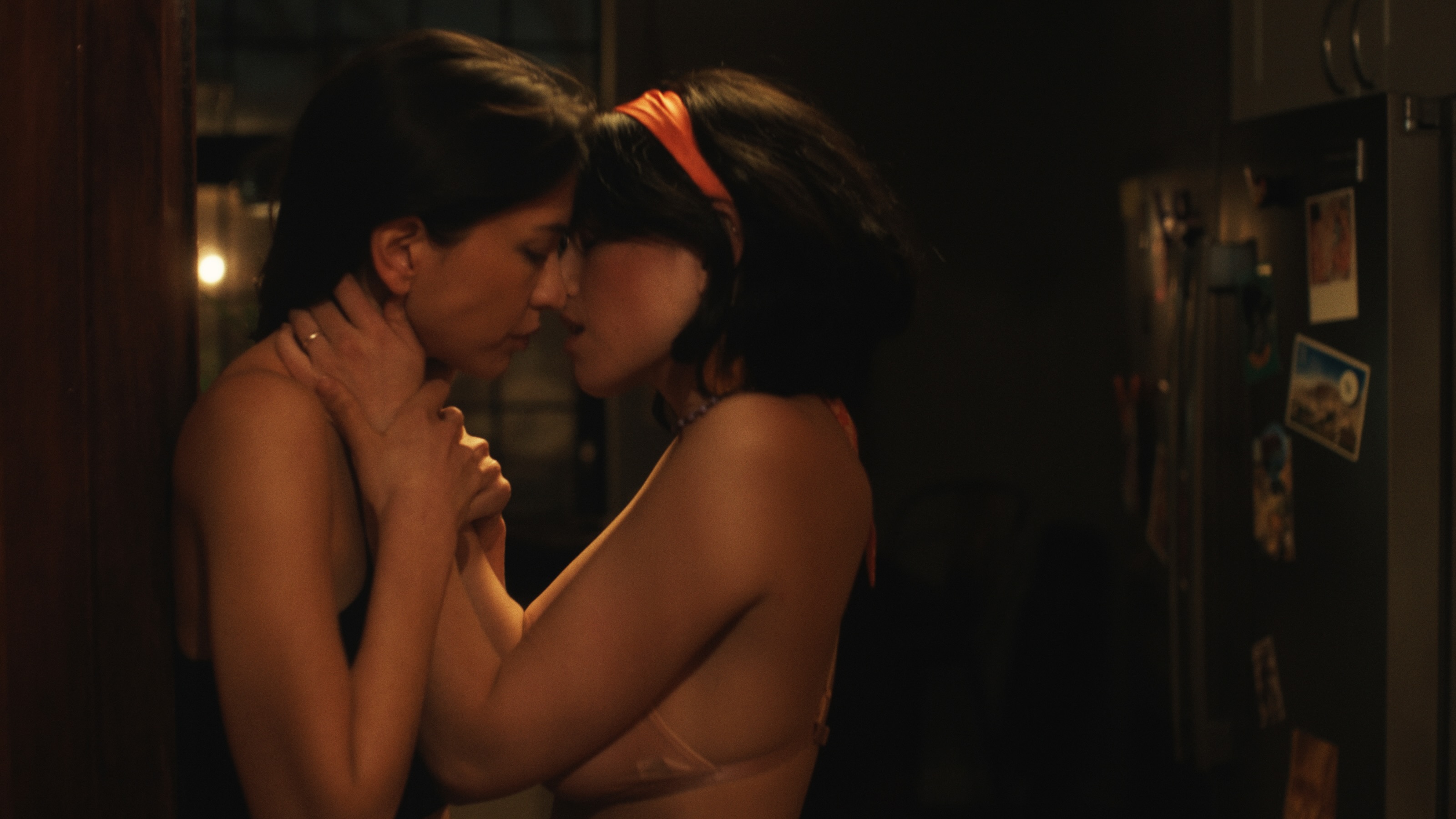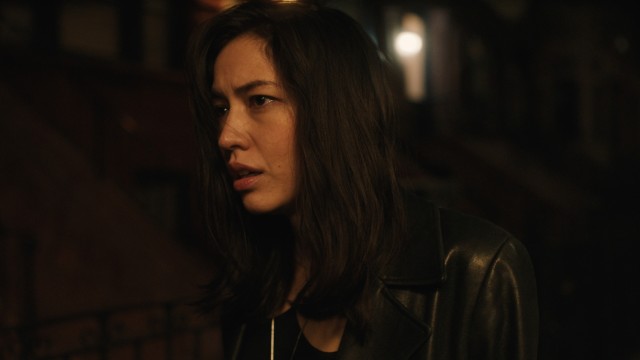Let
Mia, an isolated law student, is compulsively drawn to self-harm, BDSM, and pain. One night, a young woman, Josie, catches her eye. Josie seems confident and at ease… but is she in over her head with Mia? As the night progresses, both women find themselves swept into new territory.


Mia, a British law student in New York, navigates a complex relationship with pain, attaining a sense of satisfaction from both self-harm and BDSM. When her usual partner stops wanting to partake, she picks up a girl at a bar, neither of them knowing how the evening will turn out. With Let, writer/director Alyssa Loh explores vulnerability and human connection with real tenderness, crafting a narrative that depicts non-normative desires with empathy and nuance.
“I often find myself drawn to stories about isolated people, reaching out in unexpected or sidelong ways”, Loh confessed to us. Adding that “it’s especially satisfying to me when behavior that seems at first strange can be made to feel intuitive and inhabited”. In fleshing out the film’s main protagonist, Loh shifts focus from the reasons Mia seeks out pain, instead subtly peeling back the emotional layers, her isolation and what “she’s reaching toward in those moments”.

Sonoya Mizuno stars as Mia in Let
There is a stark contrast between Mia’s desire for pain, her isolation and the tenderness and compassion of the film. Neither Mia, nor the other two characters, actually talk that much, yet Loh masterfully paints a vivid portrait of her protagonist, showing us her vulnerabilities, her desires and her efforts to conceal them. Through DP Sarah Greenbaum’s and Loh’s own careful editing, there is an incredible absence of judgement and patience infused in the visual language, offering us insight and understanding into Mia’s state of mind.
While the set-up is highly specific, and not everyone will relate directly to Mia’s situation, ultimately, the film is about being seen and understood in all our different facets – our so-called darkest desires – and loved without judgement. Caught in between her insecurities and her isolation, Mia struggles to communicate, clinging to an image of strength, which makes her character’s journey all the more engaging as she faces the confident Josie. The contrast between these two characters makes the ending so powerful, with Mia’s disbelief wrapping the film on such a satisfying, compelling and relieving note.
“That depth of co-creation feels singular to filmmaking”
Loh credits all of her collaborators as creative partners, explaining that this “depth of co-creation feels singular to filmmaking”. Among them is AD and S/W alum Gustavo Milan, recently featured on our site with Seiva Bruta, who also makes a quick cameo in the film. Central to the film though are Loh’s two main actresses Sonoya Mizuno and An-Li Bogan. Mizuno is breathtaking, capturing the different layers of the screenplay and her character’s inner contradictions and paradoxes with a captivating and nuanced performance. To enhance the authenticity of the situation while assuring the safety of the actors, especially in the more physical scenes, Loh brought in intimacy coordinator Judi Lewis Ockler and stunt coordinator Jason Howard. However, it’s the chemistry between both Mizuno and Bogan that elevates Let, making that last scene so emotionally effective.
Ahead of its online debut today, Let had its World Premiere at the 2024 edition of SXSW and went on to play at multiple other festivals, including Seattle’s SIFF and the Palm Springs ShortFest. It also won NYU’s Martin E. Segal Production Award and Grad Film Craft Awards for Acting / Sound Design / Screenwriting.
What's Your Reaction?




































